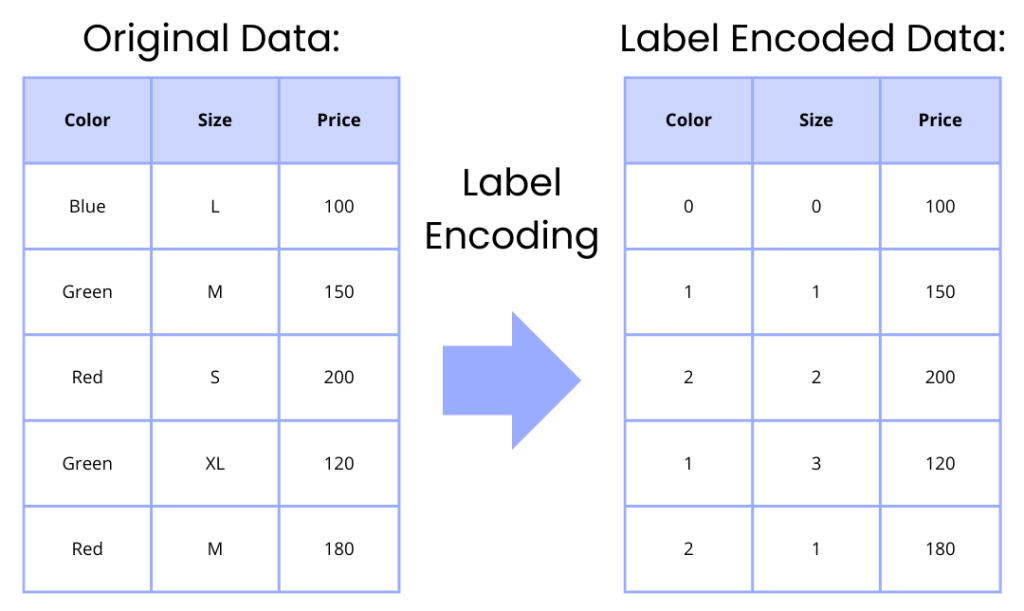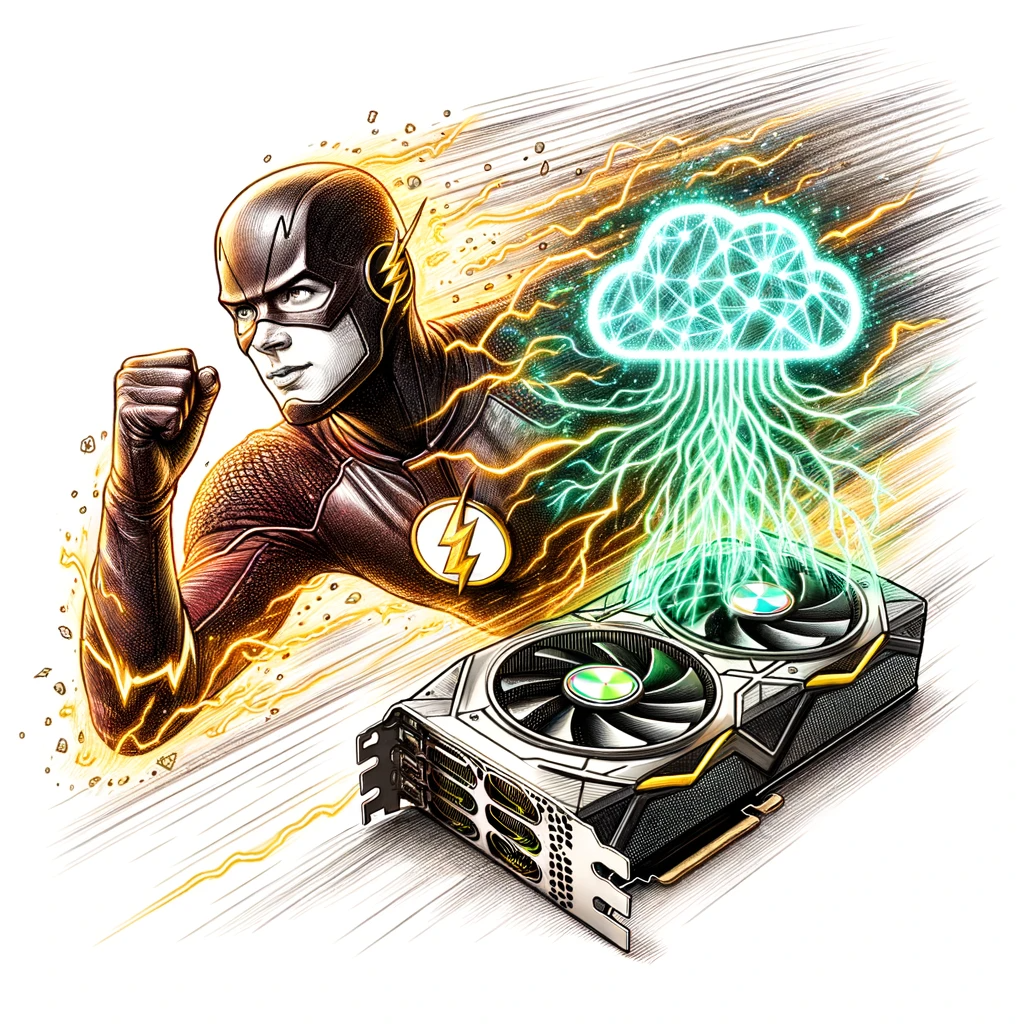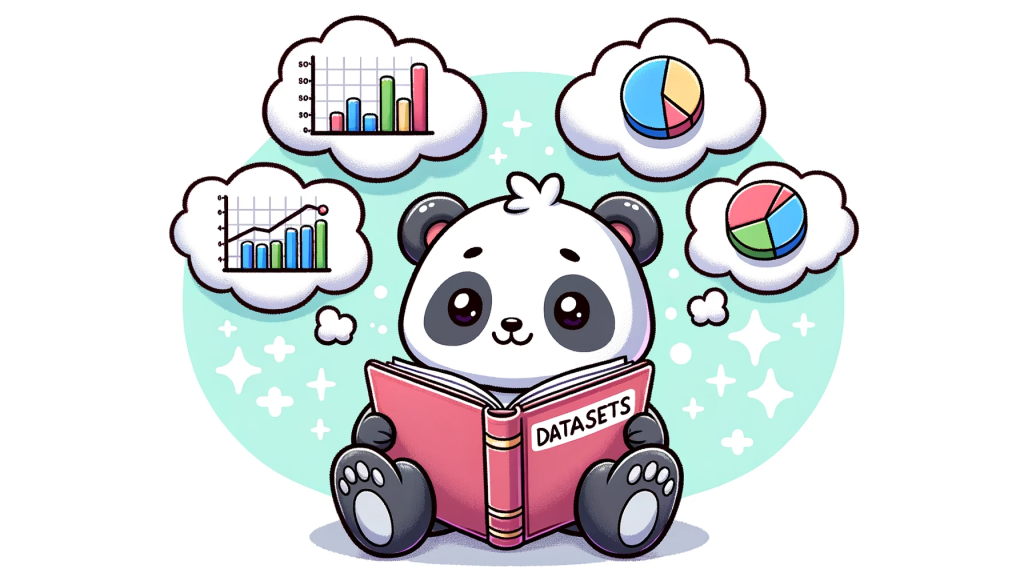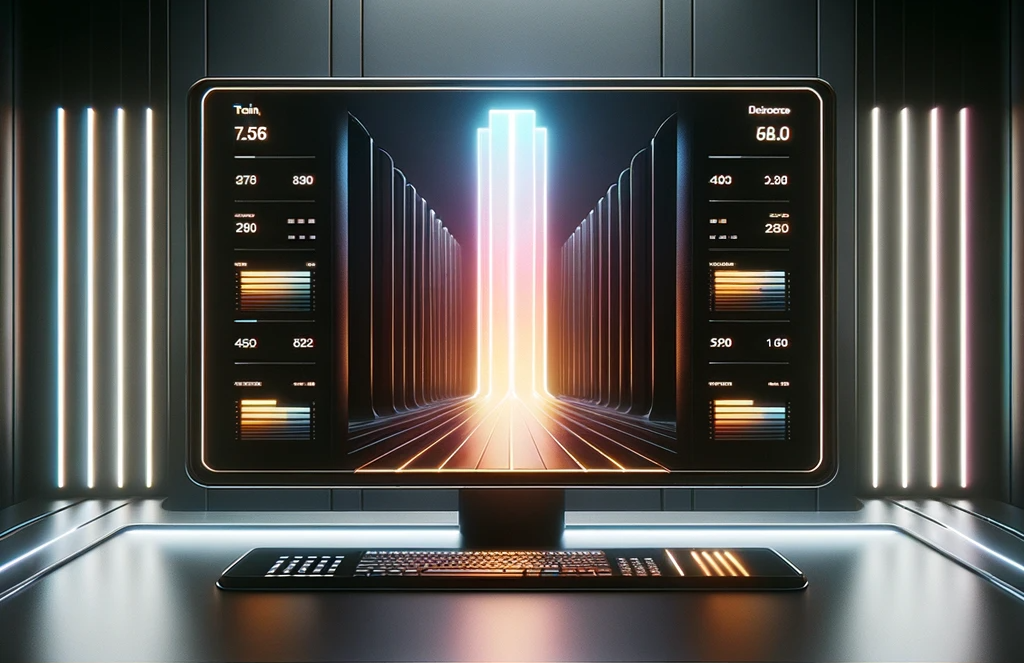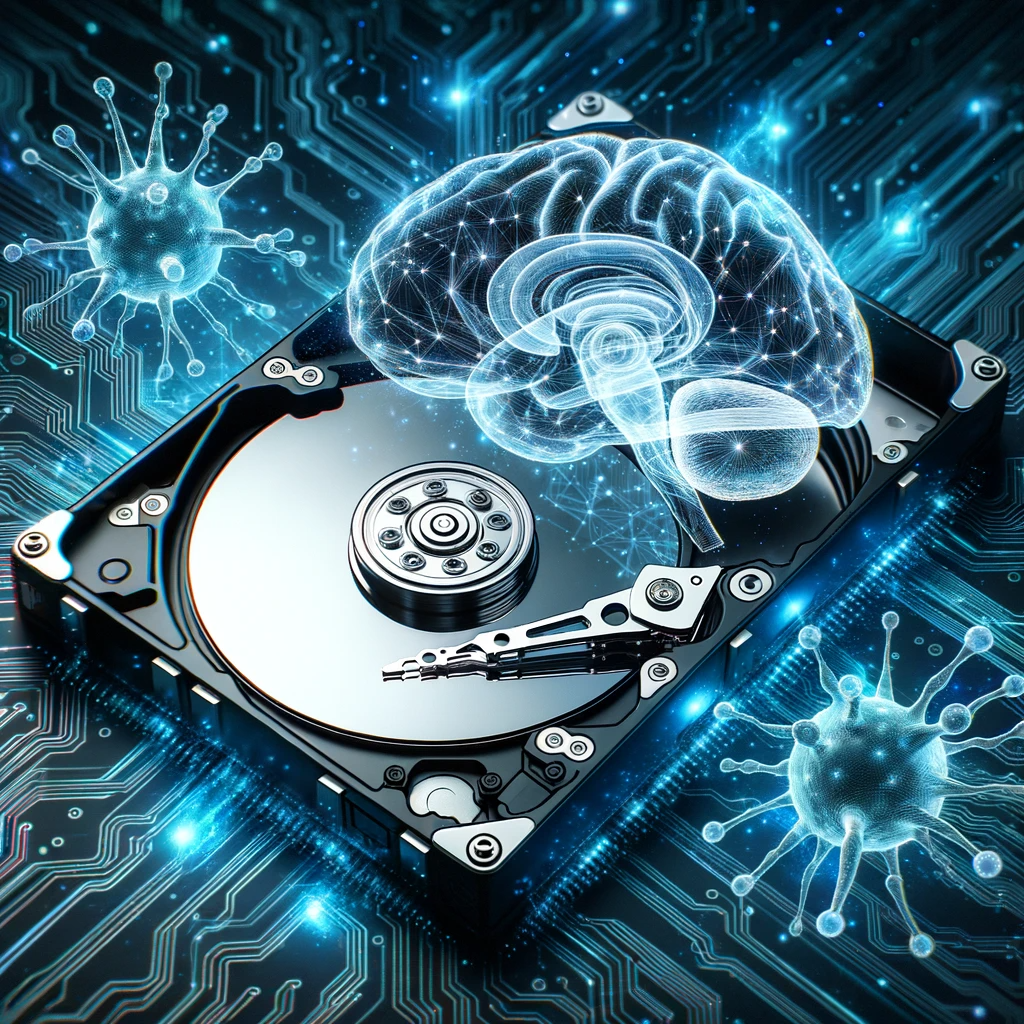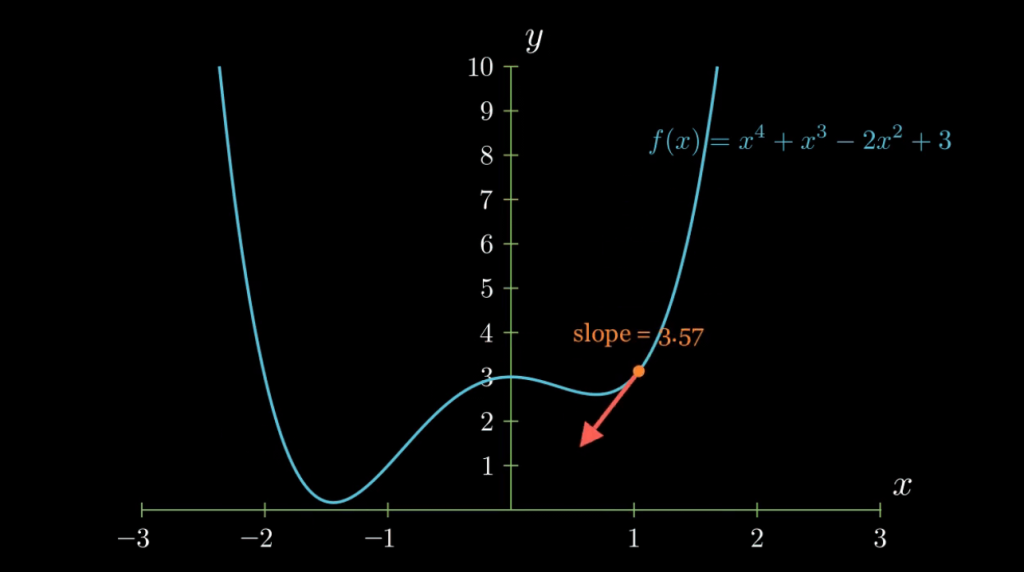How to Encode Categorical Values for Multiple Columns | Scikit-Learn
Label encoding is a data preprocessing technique used in machine learning to convert categorical values into numerical form, facilitating their use in algorithms that require numerical input. In label encoding, each category is assigned a unique integer based on alphabetical ordering, frequency, or any other criteria deemed appropriate for the task at hand. For instance, […]
How to Encode Categorical Values for Multiple Columns | Scikit-Learn Read More »
